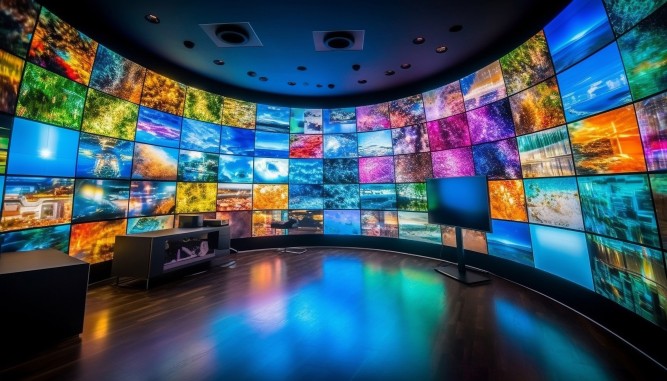Adaptive Dynamic Range Enhancement Oriented to High Dynamic Display

Along with the development of display technique, high dynamic range (HDR) has become a “must-have” TV feature, which can provide a user experience clearly distinguishable from existing HDTV. HDR video represents scenes by increasing the bit depth to show pictures into a wider range of tones, which make HDR videos more vibrant and provide users immersive experience.
According to HIS Markit report, shipments in the USA of consumer TV sets supporting HDR picture enhancements are more than 4 million units in 2016, and this number will increase to 30 million units by 2020. On the other hand, there are very few HDR content and most of existing video content are still compressed SDR videos. To provide more HDR content, signal processing technique for HDR creation is demanded to convert SDR video to HDR version by expanding their tone. Different from the popular HDR imaging by fusing multiple exposures, there are mainly three challenges in HDR video creation from SDR video. First, there are not multiple exposures, since existing videos have been captured without considering HDR problem at that time. Second, the SDR videos have been compressed for transmission and storage, which have been contaminated by compression artifacts. These artifacts are easily enhanced during SDR to HDR conversion. Finally, it is also a difficult problem to evaluate the quality of HDR video.
In this project, we aim to solve the above challenges from the fundamental quality assessment problem. In general, there are two factors in evaluating the quality of converted HDR video, i.e., HVS preference and style preservation. In the first stage, we plan to construct two HDR VQA datasets to explore these two factors via subjective experiments. Second, we will utilize a multi-model network framework to improve quality assessment by leveraging adaptive perceptual uniform transform and unsupervised HDR classification network. For style preservation, we will design a tone mapping network and a style translation network as feature extractors to measure the cross-domain similarity. Finally, a weakly supervised method for SDR-to-HDR conversion task to avoid the requirement of strict SDR-HDR video pairs during training stage, and also explore the conversion by utilizing a generative adversarial network (GAN) to enhance the contrast of input video and suppress compression artifacts jointly. Moreover, a coarse-to-fine framework is used to enhance video contrast by utilizing the proposed HDR VQA model.

